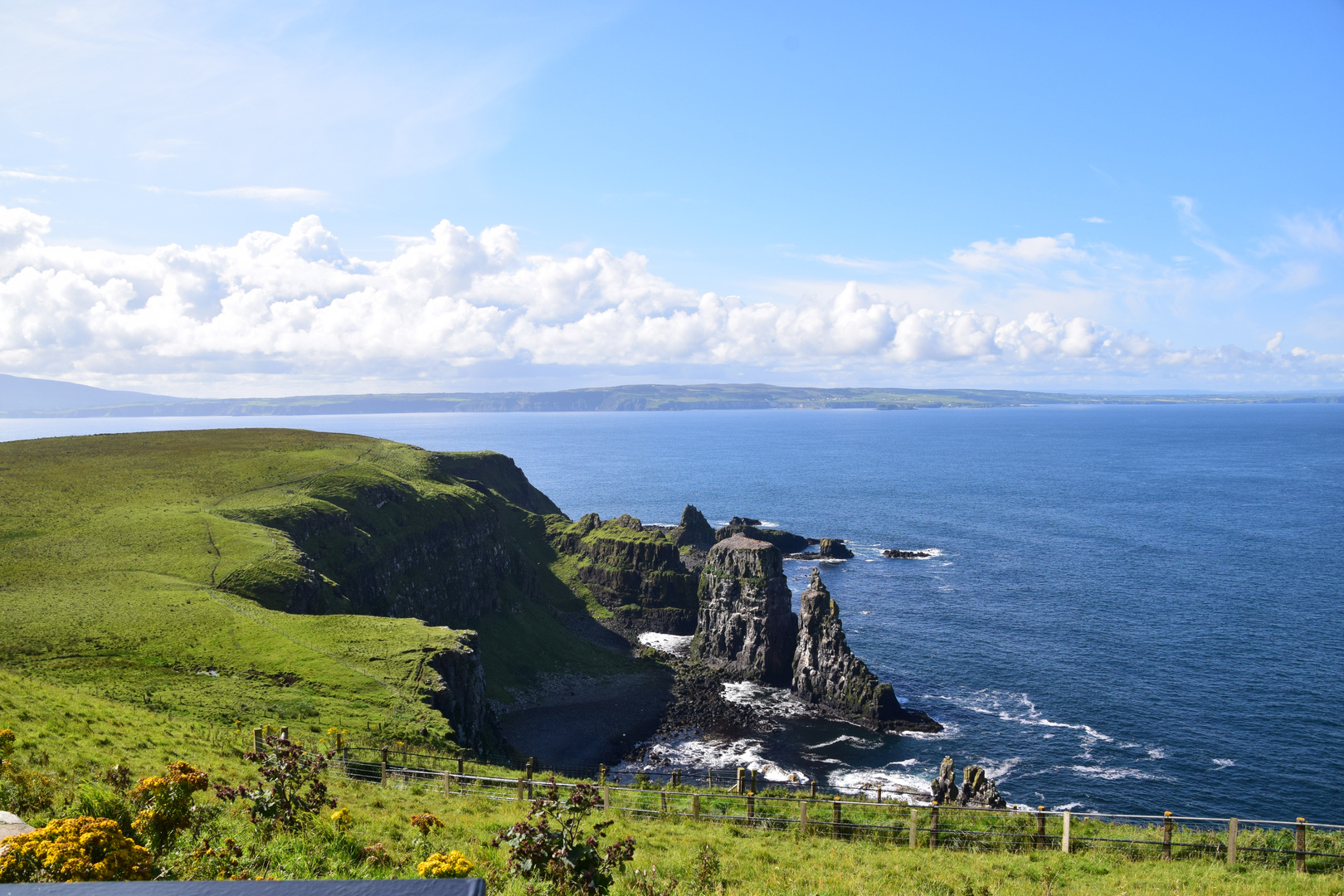Predator and Prey Relationship
The relationship between flora and fauna is equally beneficial and create a food chain which is the chain of consumption this chain can be explored further to generate a food web but in term of an ecosystem as a whole we look at a trophic triangle which characterises each consumer stage in a trophic level. Food triangles demonstrate how predator and prey relationships interlink and are both beneficial to each other ,not species alone but habitats as well.
Relationships within an ecosystem are unique equilibriums as the organism present in that environment are subject to the amount of energy present for survival.
This relationship is generated as plants consume energy from the sun via the process of photosynthesis, this is the building block of the Trophic triangle providing nutrients to be converted into energy which animals consume and depend on for survival, this interaction isn't one sided, the advantage of fauna consuming and ingesting flora is that plants depend on animals faeces to distribute their seed allowing the ability to reproduce and spread further and aids in pollination.
These relationships are all effected by biotic and abiotic factors as to which animals will cohabitate in a habitat and which species are their native predator and prey for example look at a woodland habitat. Characteristically you would expect to have large trees, spoil banks, grass, dead rotting trees and a a steady supply of rain and sunlight this habitat area would create homes for burrowing mammals like badgers, foxes and rabbits , tree dwelling species like nesting birds, insects, bats and small mammals that use banks and roots to build burrows and also dead, rotting and fallen down trees create small ecosystems as they all offer shelter, food and a habitat they can thrive in.
The food cycle in this eco system will consist of :-
Grass which is autotrophic and grows in fertile soils in the presents of sunlight and steady water supply which is intern eaten by a primary consumer i.e. rabbits which is a prey species which survives predominantly on a herbivorous diet which facilitates the spread of fertile soils and spread the seeds of native fauna acting to pollinate the land. This prey animal is predated on by a secondary consumer i.e. foxes, buzzards and other birds of prey which consume a carnivorous diet consisting of small mammals like mice, rabbits, hares. For the larger predatory species especially in the UK the only population controlling predator to prevent them over populating a habitat areas are humans.
However take that ecosystem and place it on a remote grassland area more specifically concentrate it on Rathlin Island for example, this ecosystem has evolved to thrive in a remote location where it is undisturbed and flora and fauna here are thriving but in the 1980's due to over population of wild rabbits (Primary consumer) on this island and no predator species managing this population, ferrets (Tertiary consumer) were introduced to prey on the rabbits and re balance this habitat , however in the past few years ferrets have become an issue as these animals aren't a native species and they don't have a native predator.
This has untimely lead to their over population and are slowly taking over this nature spot which is an important breeding colony for migratory birds such as the Puffins.
Ferrets are impacting on the migratory nesting Puffins (Secondary consumers of Marine habitat) who nest on Rathlin , to the point where the National Trust have had to intervene and order a mass culling of all ferrets to rebalance this ecosystems Tertiary triangle on Rathlin. Only by conservationists, scientific advancements and awareness have we come to understand these ecosystems better and can now fully understand the impacts of human intervention and the importance of predator and prey relationships.



Comments
Post a Comment